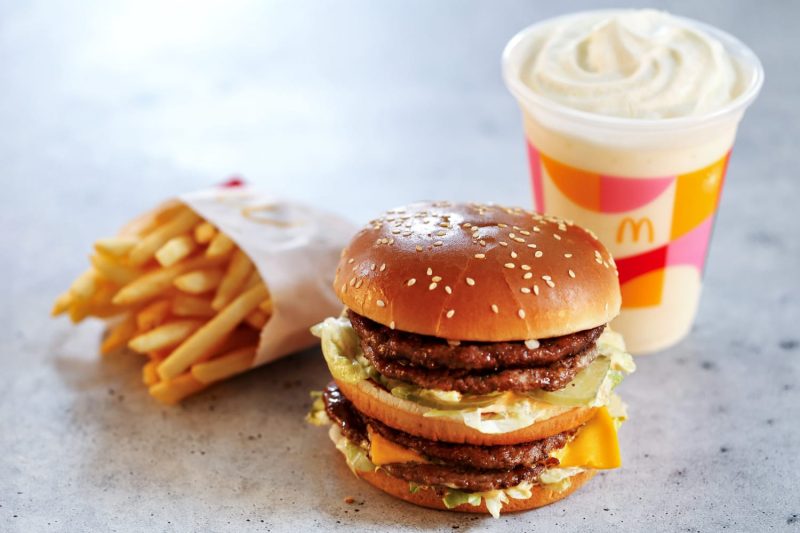McDonald’s has long been a staple in the fast-food industry, with its recognizable golden arches and iconic menu items enjoyed by millions around the world. However, recent statements from a McDonald’s executive have shed light on the company’s pricing strategies and how they have evolved over the years.
According to the executive, the average menu item at McDonald’s now costs 40% more than it did in 2019. This significant increase in pricing has raised eyebrows among consumers and industry experts alike, prompting questions about the factors driving this trend.
One key factor behind this surge in prices is inflation. Inflation is a natural economic phenomenon that causes the prices of goods and services to rise over time. In recent years, various economic factors, such as supply chain disruptions, labor shortages, and increased production costs, have contributed to higher inflation rates. As a result, McDonald’s, like many other businesses, has had to adjust its prices to offset rising costs and maintain profitability.
Another factor influencing McDonald’s pricing is consumer demand. As consumer preferences and spending habits evolve, so do the offerings and pricing strategies of major food chains. In response to changing consumer expectations, McDonald’s has diversified its menu with premium options, limited-time offerings, and more customizable choices. These new menu items often come at a higher price point, reflecting their increased quality and appeal to a more discerning customer base.
Moreover, McDonald’s has invested heavily in improving the quality of its ingredients and sourcing practices in recent years. By using fresher, higher-quality ingredients and sustainable sourcing methods, McDonald’s has aimed to meet the growing demand for healthier and more environmentally friendly food options. However, these upgrades come at a cost, which is ultimately passed on to the consumer through higher menu prices.
In conclusion, the 40% increase in the average menu item cost at McDonald’s since 2019 can be attributed to a combination of factors, including inflation, changing consumer preferences, and investments in quality and sustainability. While higher prices may pose challenges for budget-conscious consumers, they also reflect the evolving nature of the fast-food industry and the strategic decisions made by major chains to adapt to a dynamic market landscape. As McDonald’s continues to innovate and respond to shifting trends, it will be essential for the company to strike a balance between affordability and value to retain its loyal customer base while attracting new patrons in an increasingly competitive market.






















